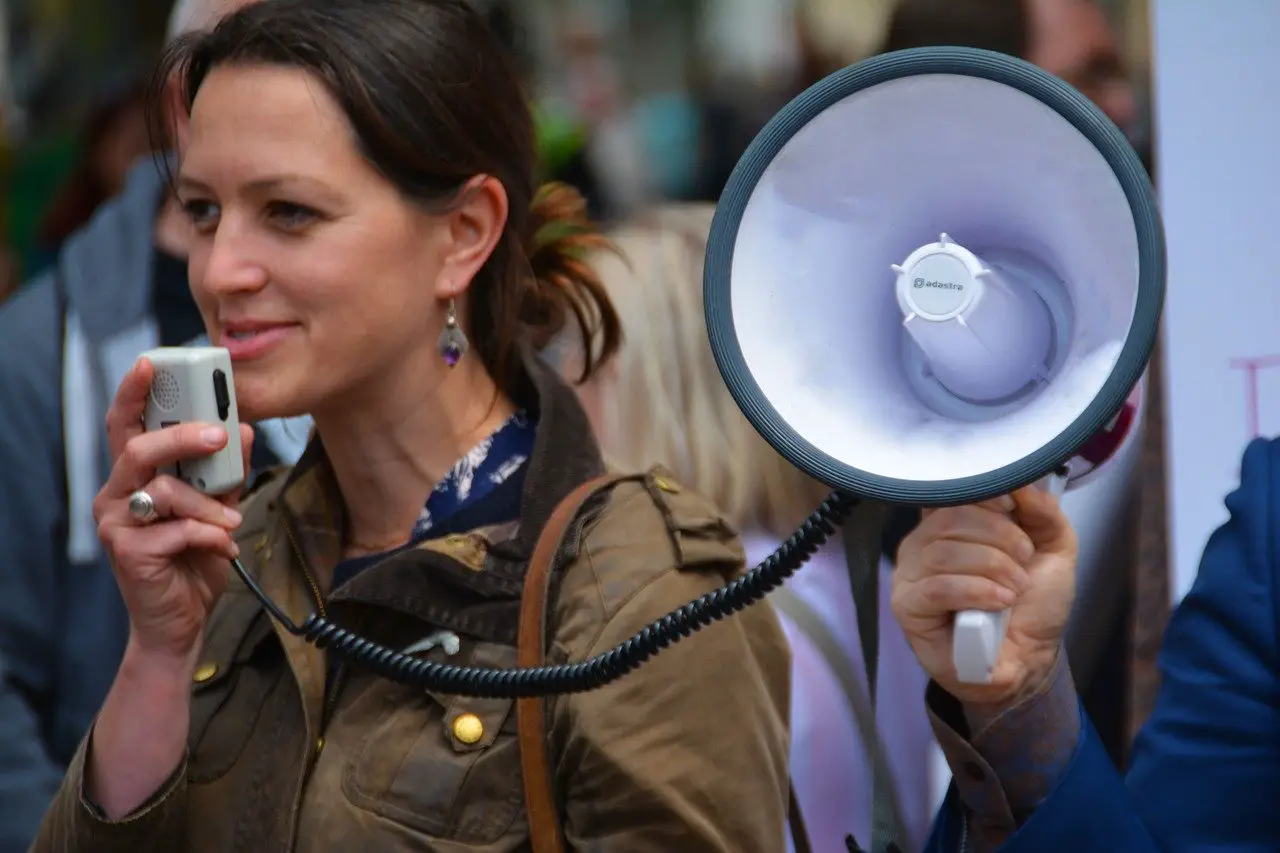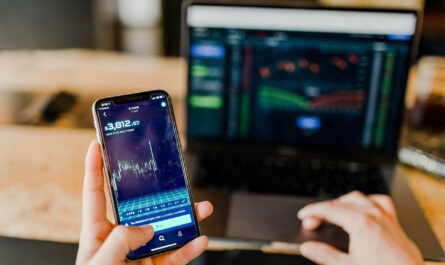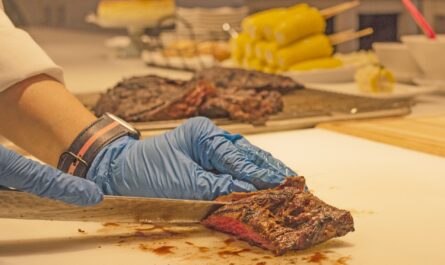March 2018’s protest March For Our Lives aimed to take to the streets of Washington DC to demand that lives and safety become a priority and end gun violence that led to an epidemic of mass school shootings in the United States. This was the latest protest over the past two years that drew a record turnout during this one-day event.
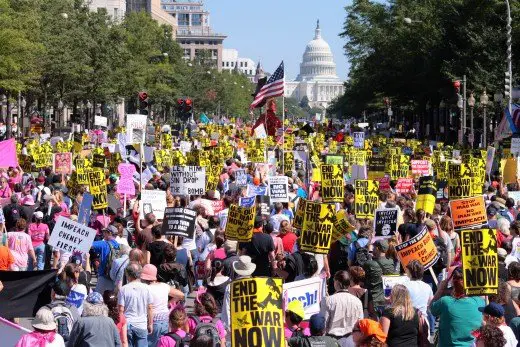
Protest marches and rallies in cities across the nation and in Washington DC is a uniquely American phenomenon. They can be key historical events and the US capital has done well over the years to ensure the safety and security of participants. Indeed, some of the largest protest marches and over the past twenty years, have evolved into social and cultural movements.
Identified and protected in the US Constitution; “The First Amendment states that “Congress shall make no law respecting an establishment of religion, or prohibiting the free exercise thereof, or abridging the freedom of speech, or of the press, or the right of the people peaceably to assemble, and to petition the Government for a redress of grievances.” This freedom has resulted in gatherings at our nation’s capital attended by millions of people. Here are the most notable and largest marches on Washington, DC.
About Largest Protest Marches
March on Washington for Jobs and Freedom — August 28, 1963
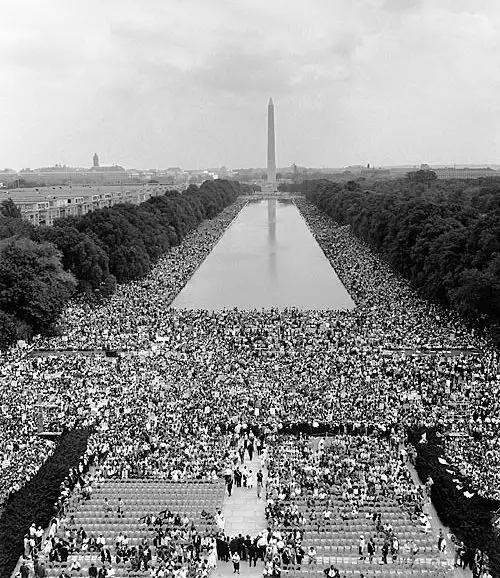
This key civil rights march was attended by approximately 300,000 people. It is notable moment was when Martin Luther King Jr. delivered his famous “I have a Dream” speech. King spoke in front of the Lincoln Memorial, the monument honoring President Abraham Lincoln, who issued the Emancipation Proclamation.
In this historic speech, King said he had a dream that “white and black children would one day walk hand in hand and that one day sons of former slaves and sons of former slave owners would be able to agree to live together.” King’s message of nonviolence was broadcast and carried to a nationwide audience. The speech propelled King into national prominence in the United States.
The march is credited with the passage of the Voting Rights Act of 1965.
Moratorium March on Washington — November 15, 1969
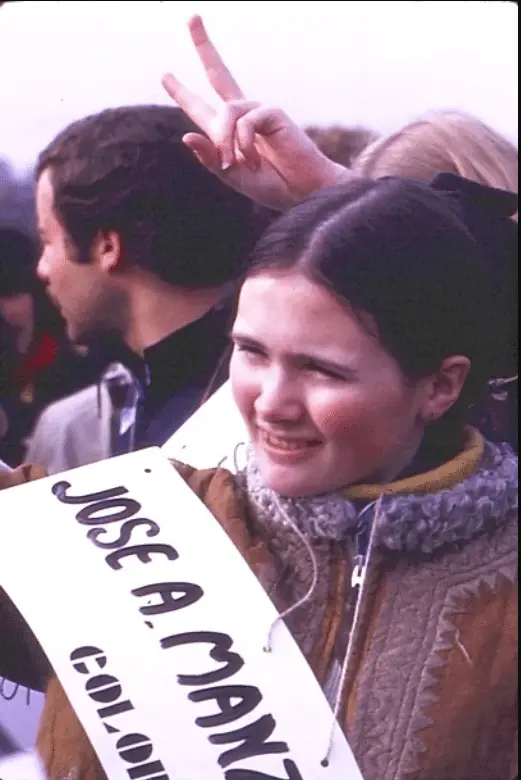
This protest was held at the height of the Vietnam War. Approximately 600,000 demonstrated against the war. Considered the largest march in the history of the United States at that point.
The protest culminated with over 500,000 demonstrators on the mall in front of the White House. Entertainer and activist Pete Seeger lead the crown by singing John Lennon’s song “Give Peace A Chance” for over ten minutes. Protesters continuously sang the chorus, “All we are saying … is give peace a chance”.
The Solidarity Day March — September 19, 1981
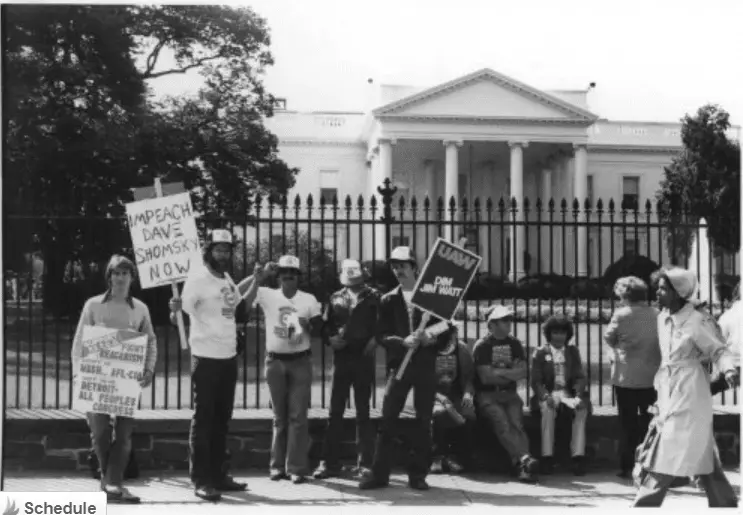
Attended by approximately 260,000 in 1981. This was a protesting President Ronald Reagan’s decision to fire 12,000 air traffic controllers because of them striking to demand wage increases and safer working conditions.
Inspired by the anti-Soviet Solidarity movement by labor unions in Poland it was considered the first major labor demonstration to have been organized since the 1930s. It was notable for bringing together many of the labor unions in the United States to stage the protest.
Second National March on Washington for Lesbian and Gay Rights — October 11, 1987
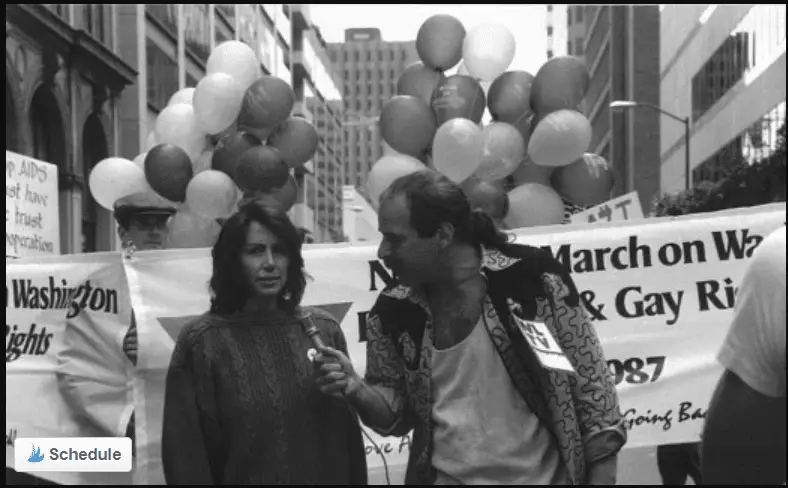
The “Great March” called upon the government to allocate budget and resources for AIDS research and treatment, as well as an end to discrimination against LGBT people. The protest included the first public display of Cleve Jones’ Names Project AIDS Memorial Quilt. It was attended by approximately 200,000 people
March for Life Rally – January 22, 1990
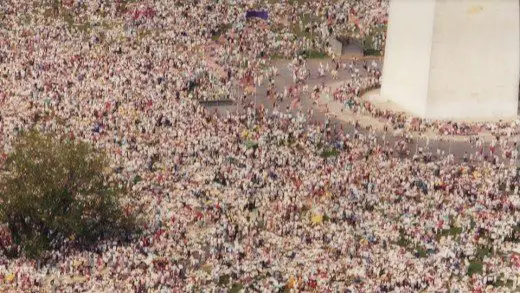
Took place at the Washington Monument Grounds. Commemorated the 17th annual memorial rally of Roe v. Wade decision, on the ellipse. According to National Park Service estimates, over 700,000 people attend the rally.
The size of this annual rally grew to the point where buses had to park at Robert F. Kennedy Memorial (RFK) Stadium. The DC Metro subway system took protesters to the march rally area. An escalator collapsed which hurt several people and forces the protesters to walk miles into the city.
The March on Washington for Lesbian, Gay, and Bi Equal Rights and Liberation — April 25, 1993
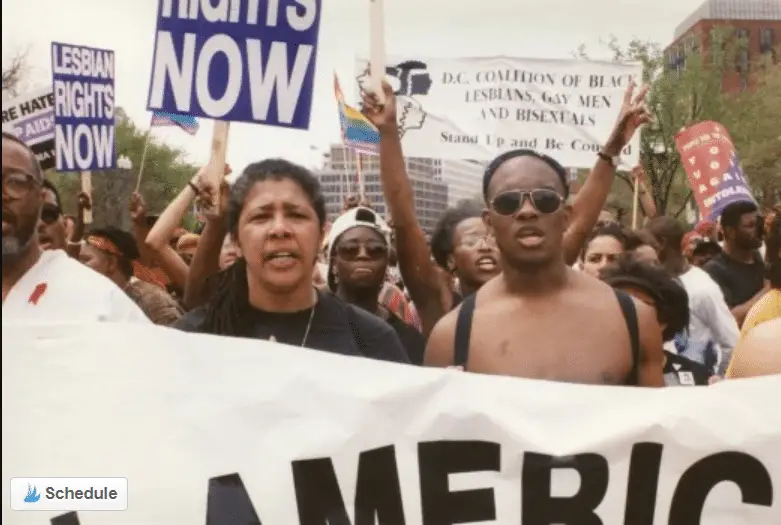
This protest covered the National Mall with between 800,000 and a million people. The LBGT community called for advances in civil rights bills against discrimination, an increase in AIDS research funding, and reproductive rights.
Million Man March — October 16, 1995
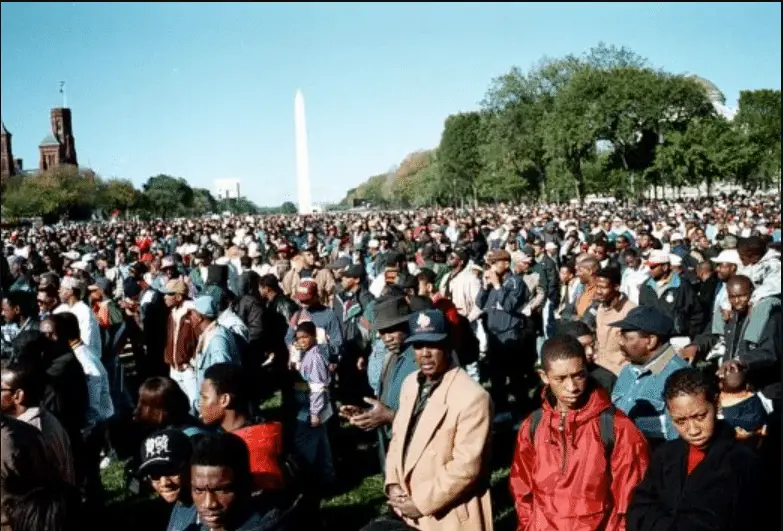
This watershed 1995 protest event is estimated to have broken the 1 million attendee barrier. This rally was to unite the Black community. The march was organized by Nation of Islam leader Louis Farrakhan with speakers that included Rosa Parks, Maya Angelou, and the Reverend Jesse L. Jackson. Estimates for those attending range from 400,000 to 1.1 million participants its considered one of the top largest protest marches in U.S. history.
The March for Women’s Lives in Washington DC — April 25, 2004
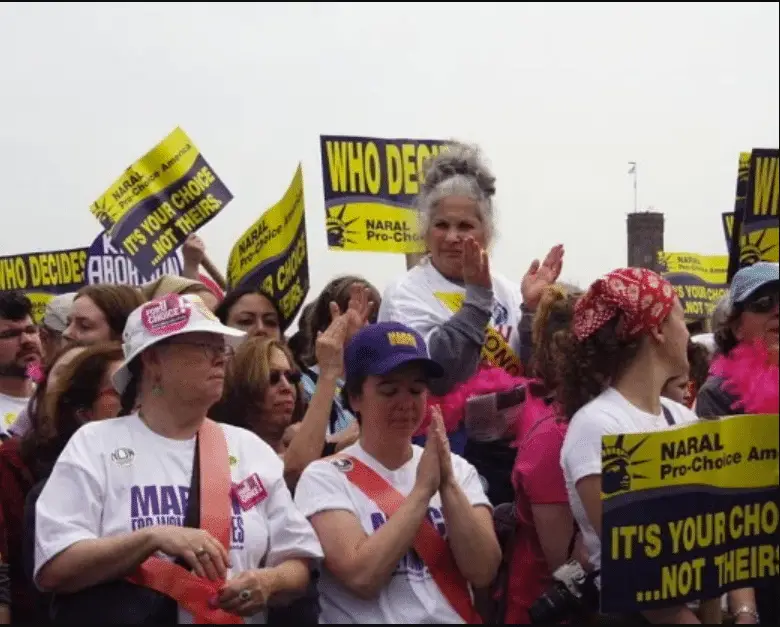
In 2004, the March for Women’s Lives was considered the largest pro-choice protests in Washington DC. Organizers were protesting the Partial-Birth Abortion Ban Act and other restrictions on abortion.Between 500,000 and 1.1 million protesters converged on the city.
Organizers claimed that attendees were estimated at 1.15 million people and declaring it “the largest protest in U.S. history”, The National Park Service and media estimated the crowds at 500,000 and 800,000.
The Women’s March on Washington — January 21, 2017
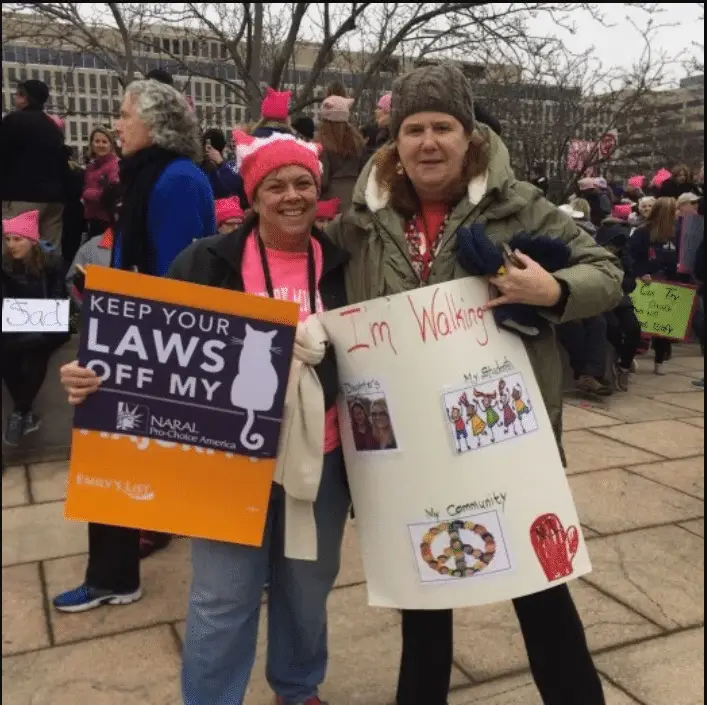
1,500,000 women converged on Washington DC the day after President Donald Trump’s inauguration. Keynote speakers included Scarlett Johansson and Gloria Steinem. The record-breaking crowds wore iconic pink cat hats. This is considered the largest one-day protest march in American history. An estimated 4.2 million came out in 600 US cities.
March For Our Lives – March 24, 2018
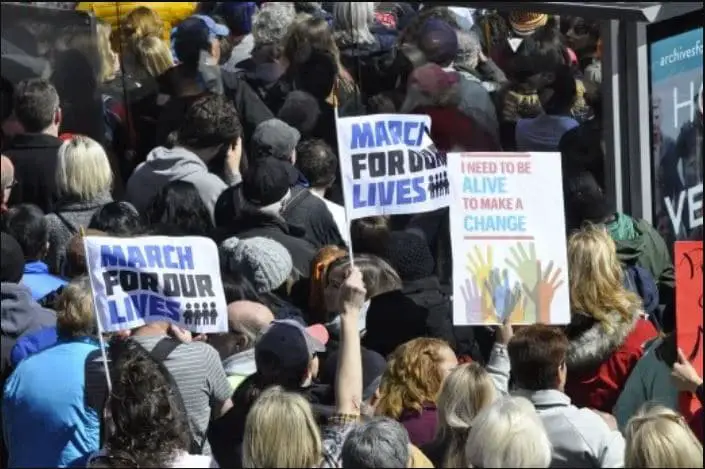
Students from Stoneman Douglas High School took center stage and organized the national event after a school shooting left 17 classmates dead. Organized after the February 14 shooting, students mastered social, cable, and broadcast media to urge gun control. The protest March For Our Lives on the streets of Washington DC was to demand that lives and safety become a priority and end gun violence.
An estimated 500,000 marched on Pennsylvania Avenue demanding stricter gun laws. Protests were organized outside of Washington DC were attended by approximately 1.2 to 2 million attendees. Making the one-day event one of the largest protest marches in United States history.
